THE Secret to Cooking Amazing Vegetables
Food writer and New York Times best-selling author, Mark Bittman, says the first thing you should do is treat your vegetables like meat. Huh? I didn’t get it.
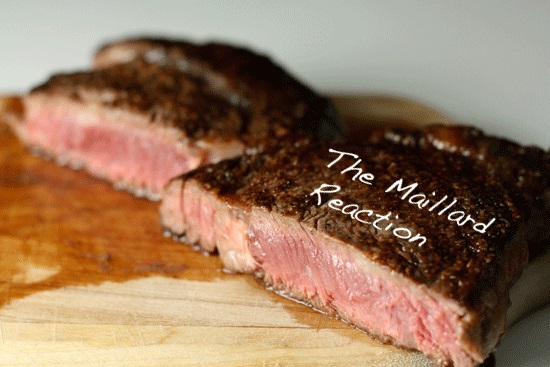
But great chefs get it. Simply put, just like you do with meat, do with your veggies: get your pan screaming hot before adding anything to it. A nice, browned, crisp sear is one of the best parts of eating meat, vegetables, bread, and pretty much anything else. This browning is known as the Maillard reaction that happens between amino acids and sugar as they are heated. That’s where the magic happens. It’s browning and caramelization—the process that forms a crust—that makes cooked food taste great.
When cooking meat, searing the outside is a crucial step (whether you do this first or last is an entirely different debate). You have to be patient and get your pan, grill, or broiler as hot as possible. Have you ever put a steak in a lukewarm pan? If so, it’s a mistake you only make once. The low temperature can even steam the food, which is the opposite of what you want. It only leads to disappointment.
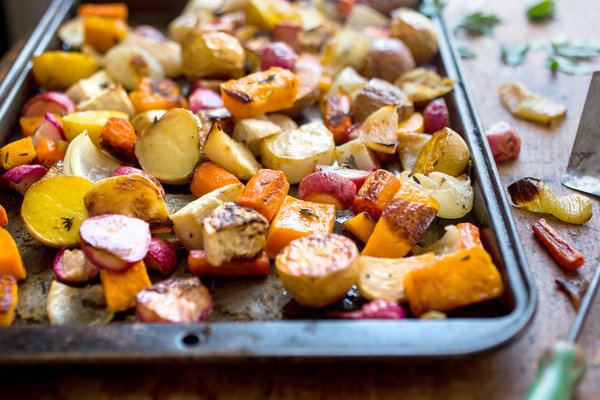
So why, then, do you want to put your chopped vegetables in a cold pan and stick them in the oven? Why deny yourself even more caramelized, browned sides of potatoes, beets, or even asparagus? Why have mediocre roasted vegetables when you can have sublime roasted vegetables?
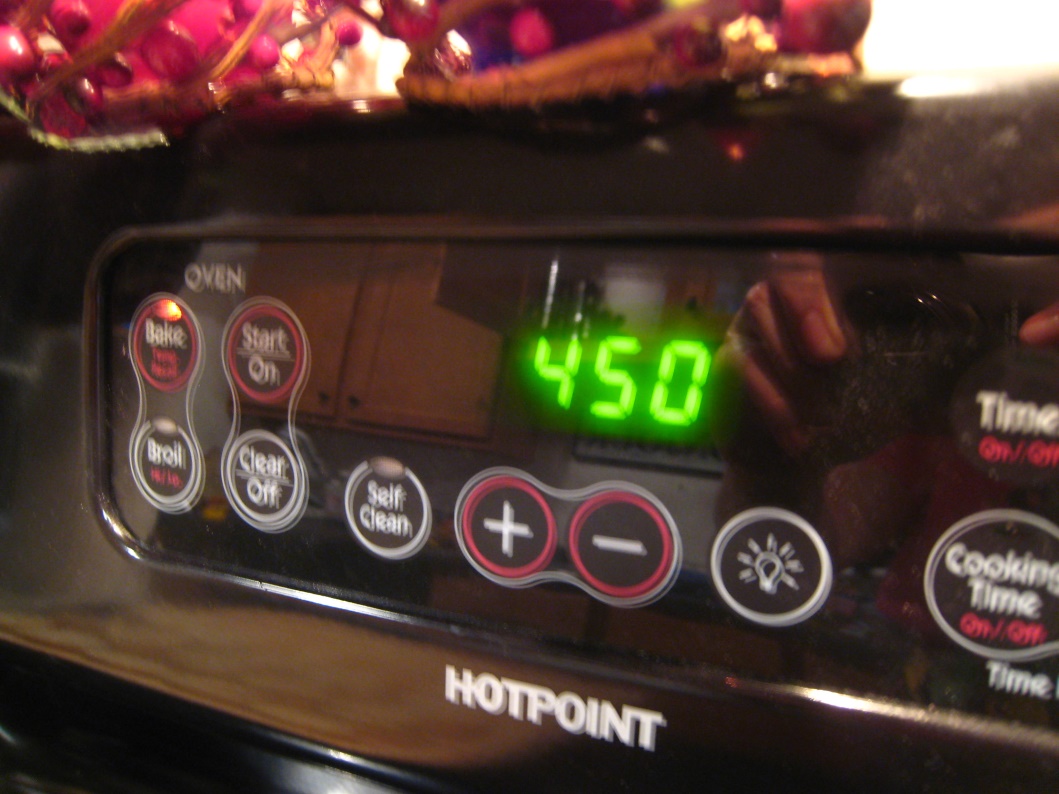
Bittman continues this tutorial by explaining that you should adhere to the one two-second step that makes all the difference: As soon as you turn on your oven—425° to 450° is best for roasting most things—stick a sheet pan or two in to heat up with the oven.
After you’ve done that, proceed with cleaning, peeling, chopping, and whatever you need to do to get the vegetables ready. By the time the oven is up to temperature, your pan will be “ripping” (as chefs like to say), and when you spread the chopped vegetables into the pan, you’ll hear the very satisfying sound of searing.
Then continue to roast the vegetables as you normally would: undisturbed for 20 to 25 minutes, then start checking and when the crust forms and the vegetables release from the pan, stirring every 10 minutes until they are roasted to your satisfaction.
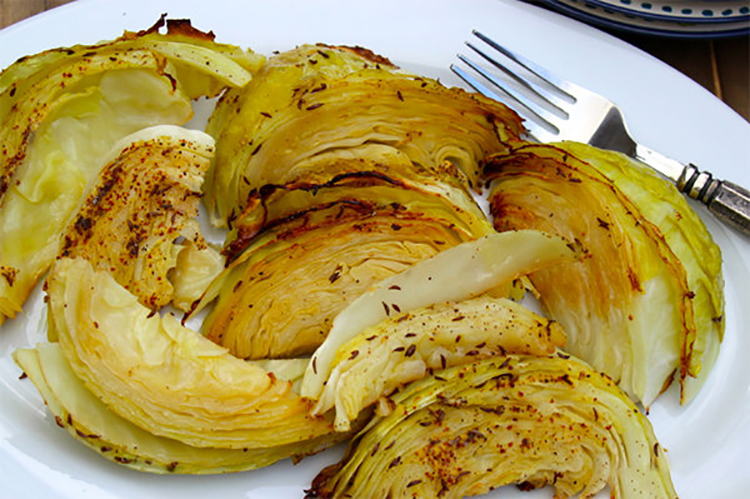
Just about every vegetable responds wonderfully to heat. They can develop charred edges, caramelized sides, mouthwatering sweetness, and a perfect softly crunchy texture. Take cabbage, for example. Chop it into chunks, toss with oil and salt, and roast at 450 F. It will turn into a golden, sweet treat that you’ll want to keep snacking on. (It also shrinks down considerably, which will help you get through it faster.)
Broccoli, cauliflower, kale, spinach, green beans, tomatoes, rapini, scallions, bok choy, zucchini – these aren’t the usual veggies that come to mind when you think of roasting, but they’re all excellent in roasted form.
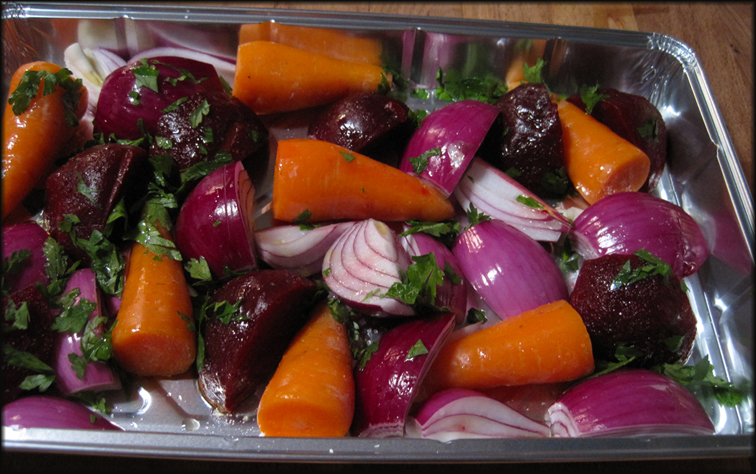
So take Mark Bittman’s advice and preheat your pans in the oven while prepping your vegetables. Coat them in extra virgin olive oil and season to taste, then toss them onto your pre-heated, ripping pan. Listen for the sizzle. That’s a good sign. That’s where the magic happens.
- www.macheesmo.com
- www.cooking.nytimes.com
- www.lizboltzranfeld.wordpress.com
- www.skinnyms.com
- www.aglugofoil.com
 Alice Osborne
Alice Osborne
Weekly Newsletter Contributor since 2006
Email the author! alice@dvo.com
